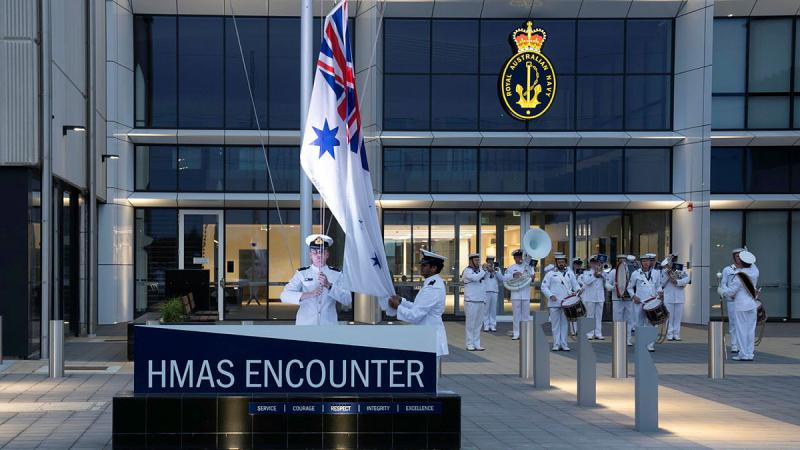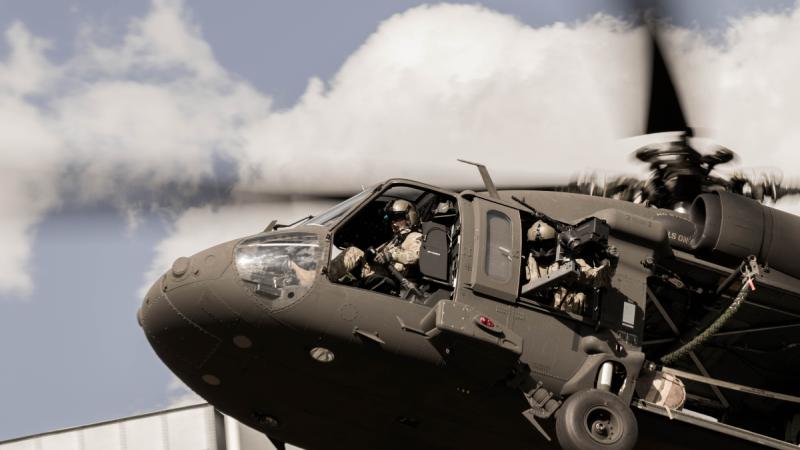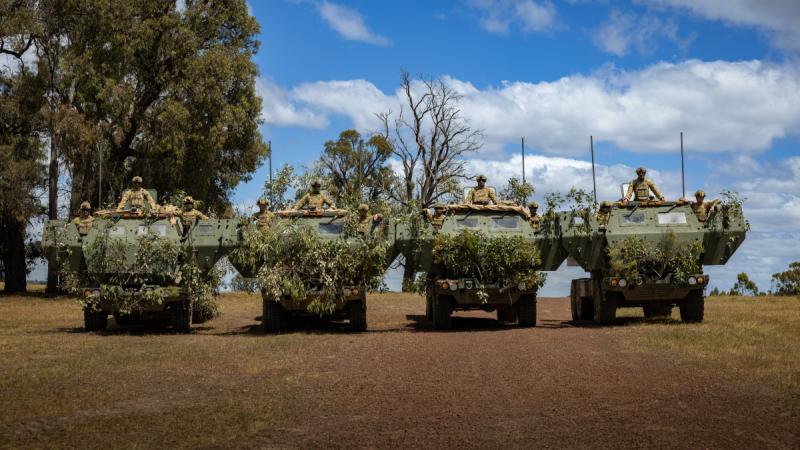29 August 2025
A sweeping project to replace Navy’s satellite communications got underway in August with the upgrade of HMAS Sydney’s SATCOM capability from the current Maritime Advanced SATCOM Terrestrial Infrastructure System (MASTIS) to the King Cobra system.
The MASTIS system was the first of its kind when installed across the fleet in the early 2000s.
The dual-band terminal could transmit and receive simultaneously across multiple SATCOM frequencies and enabled communication with the Optus/ADF satellite constellation launched in 2003.
The King Cobra and Cobra systems were selected as Navy’s primary and alternate SATCOM systems to replace MASTIS after 25 years.
Developed with support through the Defence Innovation Hub, the King Cobra and Cobra systems provide an enhanced capability and are capable of operating on the Wideband Global SATCOM (WGS) constellations.
The new systems provide greater bandwidth and coverage to satellites in different orbits, leading to more assured communications for the fleet.
The WGS constellation in geostationary orbit provides communications for the United States military and partner forces such as Australia.
The installation of the King Cobra terminal on six frigates commences with HMAS Ballarat next year.
The King Cobra can communicate with satellites in low-Earth orbit to geostationary orbit and will be installed on the guided-missile destroyers, landing helicopter docks, auxiliary oiler replenishment ships and landing ship docks, with HMAS Sydney being the first to receive the King Cobra SATCOM system.
The rollout is expected to be completed by the end of the decade.
Capability Acquisition and Sustainment Group project manager Ruiqi Wang said the new systems provide greater bandwidth and coverage to satellites in different orbits, leading to more assured communications for the fleet.
In 2023, it was announced Brisbane communications company EM Solutions would provide upgraded SATCOM systems under a contract worth $150 million.
Mr Wang said domestic manufacture and supply was important for maintaining system components across the existing fleet.


